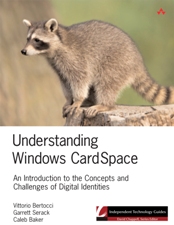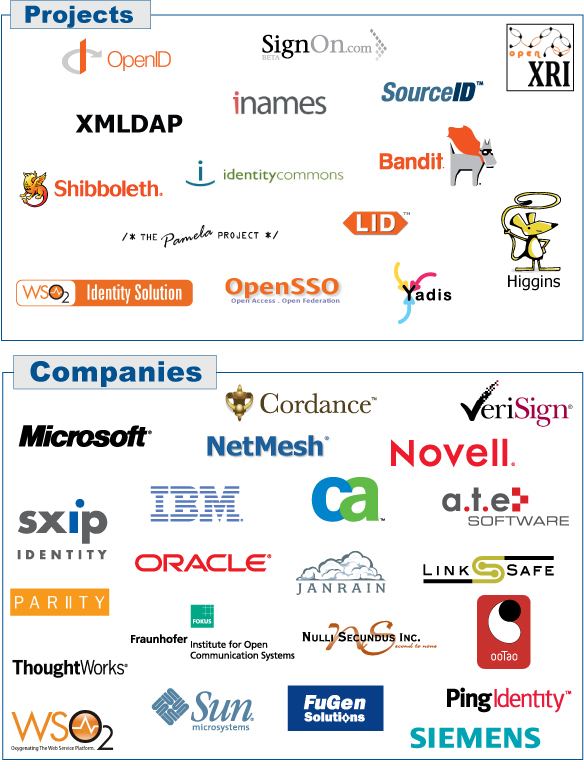Today Ashish Jain posted an “Open Letter to the CardSpace Team” that I’d highly encourage everyone interested in Information Cards to read. As I replied to Ashish, this is fabulous feedback. These are exactly the kinds of issues we’re going to need to nail, both as the Microsoft CardSpace team, and as an industry, to get to seamless, ubiquitous use of Information Cards. Thanks for the great input!
As we’re planning future versions of CardSpace, it’s incredibly valuable to be hearing this and other constructive feedback from the community based on real deployment experiences. Keep it coming!
Towards that end, please permit me to be so bold, Ashish, as to ask you to write a second installment of your Open Letter. You did a tremendous job in the first capturing things that we could do better on. In the second it would be cool if you could capture the things that you believe that we already got right. Why? To hear you heap on the praise? No (although we’ll never refuse that when offered :-) ). I’m asking so that as we change things to make future versions better, we also have community input in some areas saying “This aspect of CardSpace is already working well for me — please keep it working at least that well in the future!”
And of course, my request doesn’t only apply to Ashish. The more concrete feedback we receive about what’s working well for you with CardSpace and what isn’t, the more data we’ll have to base our future decisions upon. Drop me a note when you post feedback and maybe also leave a blog comment on this post pointing to your feedback as well so I and others will be sure to see it.
Finally, as you know, the CardSpace team now has a voice at CardSpace: Behind The Code where you can expect to hear both posts both about things we’ve already improved in the upcoming the .Net Framework 3.5 release and also questions from the team and community dialog. So be sure to tune in to the discussion there as well.
Thanks again for the great letter, Ashish!
 I highly recommend the new book Understanding Windows CardSpace: An Introduction to the Concepts and Challenges of Digital Identities by Vittorio Bertocci, Garrett Serack, and Caleb Baker. As I wrote for the “praise page” of the book after reading the current draft:
I highly recommend the new book Understanding Windows CardSpace: An Introduction to the Concepts and Challenges of Digital Identities by Vittorio Bertocci, Garrett Serack, and Caleb Baker. As I wrote for the “praise page” of the book after reading the current draft:


 This week the public pilot of the healthcare portal
This week the public pilot of the healthcare portal